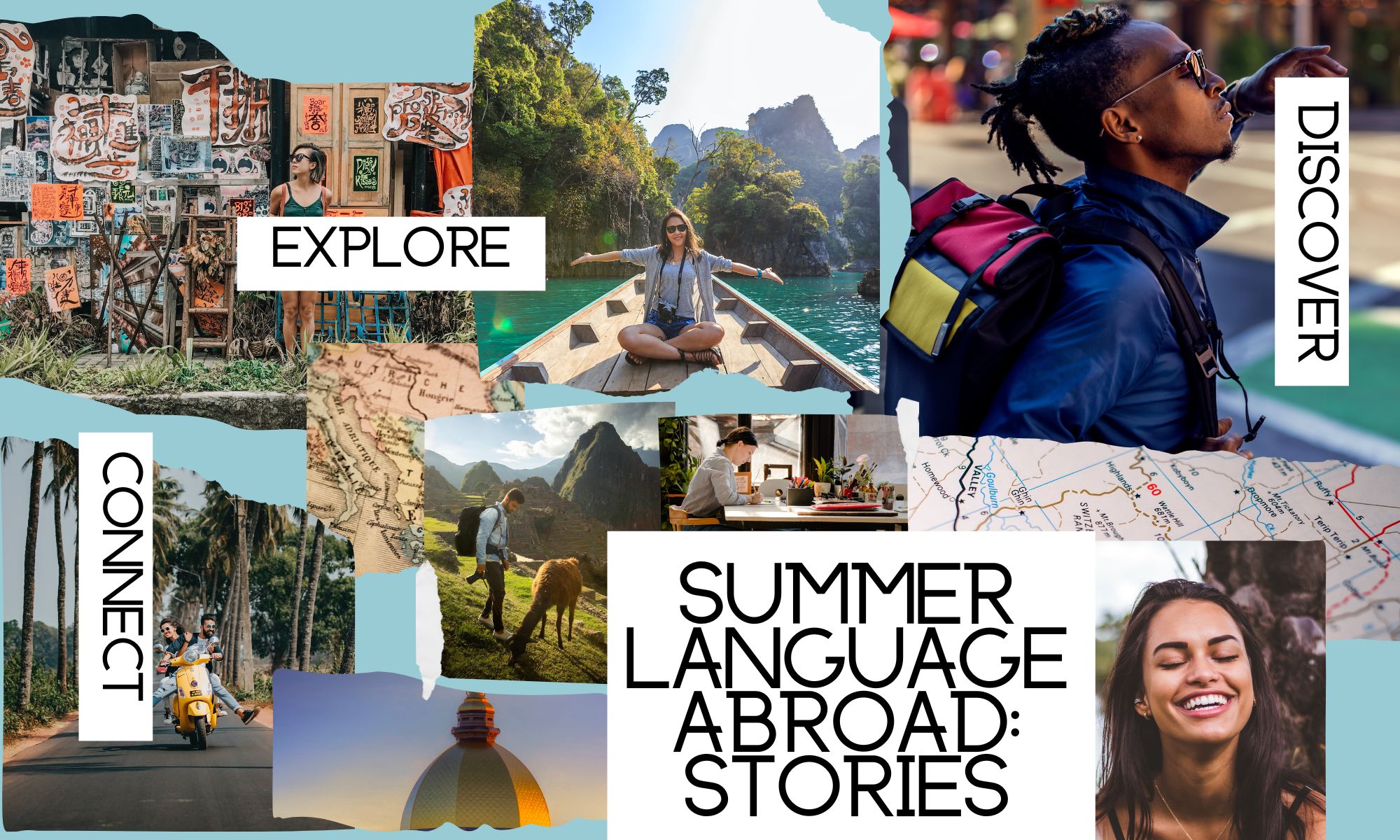
Rio de Janeiro has been an amazing experience overall. From visiting Cristo Redentor to seeing the cultural patrimony and how it is supported by the Brazilian government, to just meeting incredible kind and open people. It has been a memorable and interesting experience where I have learned how U.S. cultural and Brazilian customs intersect and differ. In doing so I have grown to appreciate where I have grown as a person and as a world citizen and where I still need to continue to grow.
Seeing how much U.S. cultural productions are the rage in Brazil has been interesting. For example, while I still need to see Barbie, there were Barbie-themed foods, pizzas, cookies, and more. Barbie was, for lack of a better word, fetch, in Brazil. People were going to the movie wearing pink, getting their nails done specially for the film. It was in many ways, a mirror to the experience people had with the movie in the United States. Much like the United States this, of course, meant that Oppenheimer received the second billing among fans.
Brazil and the United States share a long history of partnerships and cultural interchange, primarily with the United States cultural products entering Brazil and it is fascinating to watch that in practice.
From U.S. Music to seeing U.S. sports on television, to noticing the presence of Lakers jerseys and NBA fans in Brazil, it is fascinating to think about the links between Brazil and the United States and in many ways the one-sidedness of U.S. cultural presence n Brazil, while Brazil lacks such a cultural presence in the United States

